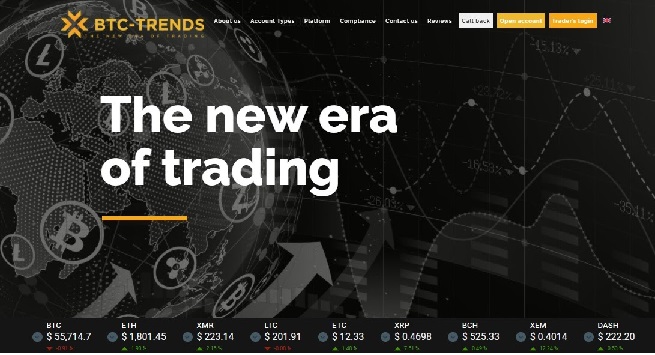Recently, news of Bitcoin's has been frequently reported. It reached its highest point of US$57,822.08 on February 21, 2021, which is an increase of US$49,279.28, or 576.85%, from the US$8542.8 when it was halved on May 12, 2020.
The soaring price of Bitcoin has led to the return of the global cryptocurrency bull market. A variety of factors have created a new high for Bitcoin, including institutions that continue to increase their positions, the Federal Reserve is issuing US banknotes to form a capital market release, and individual investors are reluctant to miss the trend.
Recently, news of Bitcoin's has been frequently reported. It reached its highest point of US$57,822.08 on February 21, 2021, which is an increase of US$49,279.28, or 576.85%, from the US$8542.8 when it was halved on May 12, 2020. The soaring price of Bitcoin has led to the return of the global cryptocurrency bull market. A variety of factors have created a new high for Bitcoin, including institutions that continue to increase their positions, the Federal Reserve is issuing US banknotes to form a capital market release, and individual investors are reluctant to miss the trend.

Although missed the rising of Bitcoin, there are still decentralized storage opportunities.
In recent years, due to the technological innovation of IPFS distributed storage, its incentive token FIL has also became popular. After the Filecoin mainnet went live, more and more investors began to flood into the storage market.
With the in-depth development of 5G and the Internet of Things, data processing, computing capabilities, and network bandwidth continue to increase, IT storage technology has been upgraded from desktop-level storage and enterprise-level storage to cloud storage in recent years.

The business model of using storage as a service has a long history. Amazon launched Amazon Web Services (AWS) in 2006, renting its own servers and storage space to users, reducing the developer's expenditure on creating and managing server infrastructure. Although cloud storage service functions continue to improve and prices are becoming more affordable to developers, with the increasing volume and importance of data in recent years, cloud storage is also facing various bottlenecks: frequent data leaks, service limitations, and operator outage risks etc. Therefore, to fundamentally solve the shortcomings of the traditional storage centralization model, decentralized storage has become an inevitable trend.
The concept of decentralized storage has been widely recognized, and various projects on the market have been launched, but the development of many projects has been slow. The industry believes that the main reasons are: lack of application scenarios support; lack of traffic; no consideration of storage cross-chain requirements. So users have been looking forward to a storage solution that can solve the above problems!
Decentralized storage is trending, FileMax Network is ready to go!
FileMax Network, a storage solution based on blockchain technology is the world's first cross-chain decentralized storage network created by Russian tech geeks. The bottom layer uses a hybrid relay parallel chain management method to open up storage. The barrier between public blockchains realizes cross-chain data sharing and high-speed transmission. FileMax is also widely used, including:
Enterprise data storage: FMP protocol is adopted to provide massive secure, stable, and low-cost cloud storage services for enterprise data;
Video data storage: Multi-dimensional redundant storage technology is adopted, and the regeneration coding scheme can prevent video data damage and unresolvable problems;
Personal data storage: using random data storage technology to make personal data more secure;
Data storage of IoT devices: Adopt 5G technology to improve the operating efficiency of devices with high throughput, low latency, high concurrency, and low power consumption.
At the same time, FileMax Network uses encryption technology to ensure that users data is not lost. In addition, the hardware equipment requirements are low. As long as a person contributes a personal cache, the person can participate in the program. The hardware module is expected to be embedded with thousands of smart devices. The scope of application can also cover enterprises, individuals, smart devices, unmanned driving, physical network equipment, video and other fields.


The development of FileMax Network is inseparable from the incentive Token, which is named FIM, with a total issuance of 210 million, the first issuance of 21 million, and the remaining 189 million are all generated through mining. In the entire FileMax Network network, FIM plays a vital role. Participating in FileMax mainnet mining must first hold FIM, and hardware equipment access to the main network, 5G application storage, enterprise personal storage, etc. all need to consume FIM , It can be seen that FIM has great potential for value-added!
With the explosive growth of data in high-tech fields such as 5G, Internet of Things, and artificial intelligence, FileMax will adhere to the concept of "efficiency, security, and decentralization" to open up a new era of WEB3.0 data storage!











